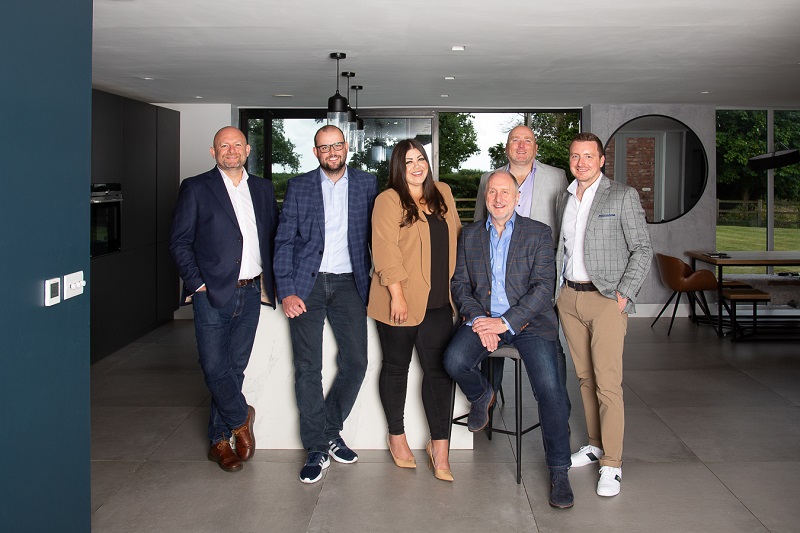Diversity, equity and inclusion (DE&I) efforts have continuously increased among companies. But workplace DE&I initiatives can’t be successful without first creating an inclusive culture.
In a recent report, 79% of organisations said they’d put more budget and resources toward diversity initiatives in 2022. Everything from revamping hiring practices to reviewing promotion protocols has been the focus for HR – and it’s a positive step forward.
Unfortunately, the emphasis on diversity has been met with an unequal focus on inclusion. There’s a strong indication things have gotten worse, with 84% of teams reporting a “lack of meaningful progress on building a more equitable environment.”
Underrepresented employees now experience burnout at a higher rate than their white counterparts, and Black workers have quit in large numbers due to barriers to advancement.
While diversity sourcing is important, ignoring inclusivity can bring unpleasant consequences. Not only can it increase attrition, but it can damage reputations, making it even harder to dig out of the homogenous hole.
Creating an inclusive culture doesn’t just happen naturally by hiring diverse employees. Organisations must be intentional about creating and cultivating an environment where individuals truly feel welcome, supported and safe.
Here are 10 tips for creating an inclusive culture that makes employees want to stay.
Assess the current culture. Don’t assume your culture is inclusive because you feel comfortable. Survey anonymously all employees about how they rate the current culture and how they feel within the organisation. Do they feel safe, heard and appropriately valued? Is there a clear career path or obstacles in their way? Identify any issues and begin to work immediately on resolving them.
Empower employees to be their authentic selves at their comfort level. Creating space where team members can bring their authentic selves to work is important, but not at the risk of their own comfort. Some people are more private and prefer to separate their personal and work lives. They shouldn’t feel compelled to make their ethnicity, lifestyle, etc., a central part of their personality to oblige to office culture.
Solicit anonymous feedback. Give your team an opportunity to raise issues or questions in a safe and nameless way. Consider using a third-party tool like Suggestion Ox, opening an anonymous, direct communication path with executives. If you offer an easy way to provide candid feedback, team members can bring sensitive issues or questions to the table without having to flag a manager. This way, leadership can work to address the issue without singling anyone out or making a team member feel vulnerable to repercussions.
Operate with transparency. Cultivate integrity and trust from the top down by being clear and transparent about your desire to learn and grow. By staying continuously curious, you can quell any awkwardness or fear junior team members may have about coming forward with concerns. Transparency in hiring, promotions and salaries are all conversations you must be comfortable speaking on with full confidence that your procedures are equitable.
Lean into hard conversations with education. Make frequent training a normalised and central component of your inclusivity efforts. Consider using a subscription service that gives teams access to training beyond job skills development, such as balancing work and parenting, managing stress or how to confront microaggressions at work. Encourage your team to share what they’ve learned with their colleagues. Sometimes talking it out and sharing experiences helps make the lessons more relevant and helps us connect the dots.
Embrace flexible work. Offering flexible work arrangements is essential for inclusivity, allowing people of different lifestyles and life stages to have access to career progression at your company. Flexibility ensures they can stay on your team through an array of life events, whether they’re just starting, pursuing an advanced degree or even raising a family. Supporting a flexible environment helps reduce stress and combat burnout, allowing for more work-life balance and hours back on their schedule due to less commuting, all while helping retain your top talent.
Encourage exploration. Experiencing different cultures is a great way to adopt a more inclusive mindset. Whether it’s allowing teams to work temporarily at another office location or allowing flex time to make it to the opening of a cultural event or exhibit, encouraging exploration is valuable for enabling engagement with different perspectives. After these years of limited travel, our company, Next PR, is reminding us to take care of ourselves with a company retreat to Mexico. This isn’t an ask for companies to pay for vacations but rather an example of an opportunity for the team to learn and experience activities together without a paywall.
Build rapport with direct reports and managers. In most organisations, HR isn’t typically in a position to interact across the organisation with managers or frontline workers. But managers are usually the quickest to spot vulnerabilities, risks and the more subtle changes in the workforce. If empowered to do so, building relationships across the organisation allows HR to understand better the team’s concerns and what is needed to foster a secure and inclusive environment.
Offer Volunteer Time Off (VTO). Allowing your team to volunteer – without having to take their personal time off – helps support local communities in need and can expose groups to other cultures, fostering curiosity, awareness and compassion. When team members volunteer together, it builds strong working relationships, strengthens staff morale and allows creative space for innovative thinking.
Be inclusively proactive against burnout. Offering wellness programs that support everyone is critical. These initiatives must be accessible and valuable to all. For example, we sent our team $250 VISA gift cards and gave everyone four hours of PTO. This way, they could get a massage if they chose, buy groceries, or even fly home to visit their mom for a long weekend. Whatever they needed, they had the option. Self-care is different for everyone.
One of the most important things to remember about creating and maintaining an inclusive culture is that you will make mistakes. Part of inclusion is self-reflection, and you don’t have to get it right all the time. But you do have to keep your momentum moving forward.
Making an ongoing effort, staying continuously curious, and creating actionable policies are ultimately the most important factors in creating a culture where everyone feels safe, valued and welcomed.
By Ange Alvarez, Recruitment and HR Manager, Next PR, a national public relations firm.









